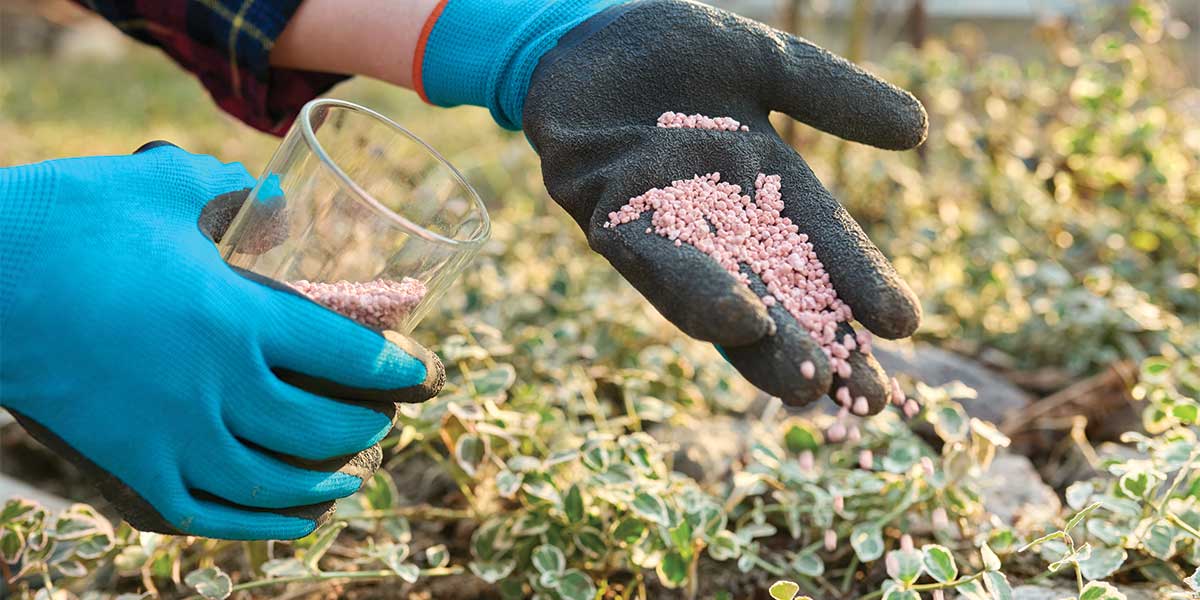Fertilizing
Fertilizing: A Comprehensive Guide for Commercial
Fertilizing is a critical aspect of maintaining lush, healthy lawns and gardens. Whether you’re a homeowner tending to your backyard oasis or a professional landscaper managing commercial properties, understanding the nuances of fertilization is essential. In this guide, we delve into the world of fertilizers, exploring their types, application techniques, and the impact on both residential and commercial landscapes.

Types of Fertilizers
Synthetic (Commercial) Fertilizers
Synthetic fertilizers, commonly used in commercial settings, offer precise nutrient ratios. These products are manufactured to provide essential elements like nitrogen (N), phosphorus (P), and potassium (K). The benefits of synthetic fertilizers include rapid nutrient availability and customizable slow-release options. Professionals often prefer these fertilizers due to their flexibility and efficiency.
2. Organic Fertilizers
Organic fertilizers, derived from natural sources such as compost, manure, and bone meal, are popular among environmentally conscious homeowners. While they release nutrients more slowly, they enhance soil health and microbial activity. Organic fertilizers contribute to sustainable practices and improve long-term soil structure.
Commercial vs. Residential Fertilizing: Key Differences
Customization
- Commercial Grade: Professionals can tailor fertilizers to specific needs. Slow-release variations are available, allowing nutrients to feed lawns gradually over time.
- Retail Grade: Retail products lack customization options, typically offering limited slow-release variations.
Price
- Commercial Grade: Cost-effective options cover larger areas. A bag of commercial fertilizer can cover up to 14,000 square feet at a lower price per square foot.
- Retail Grade: Popular retail fertilizers cost more per bag and cover around 10,000 square feet.

Application Techniques
Timing
- Early Spring: Apply a balanced fertilizer to kickstart growth.
- Late Spring: Boost nitrogen levels for lush greenery.
- Summer: Opt for slow-release formulas to sustain plants during heat.
- Fall: Strengthen roots with phosphorus-rich fertilizers.
Spreading Methods
- Broadcast Spreading: Ideal for large areas. Use a spreader to evenly distribute granules.
- Spot Treatment: Target specific zones with handheld spreaders or shakers.
Environmental Considerations
Runoff Prevention
- Commercial Sites: Professionals must be cautious to prevent fertilizer runoff into water bodies. Proper application techniques and adherence to regulations are crucial.
- Residential Sites: Homeowners should follow best practices to minimize runoff and protect local ecosystems.
Nutrient Leaching
- Commercial Landscapes: Regular soil testing ensures optimal nutrient levels without excess runoff.
- Residential Gardens: Organic fertilizers reduce the risk of nutrient leaching and groundwater contamination.
Looking for help with Fertilizing in Vancouver?
Fertilizing bridges the gap between soil health and vibrant landscapes. Whether you’re managing a commercial property or nurturing your backyard, informed choices lead to thriving green spaces. Remember to consider customization, timing, and environmental impact when selecting fertilizers. ProWorks Home and Garden encourages responsible fertilization practices for greener, more resilient landscapes.
For personalized lawn care estimates, contact ProWorks Home and Garden today!

